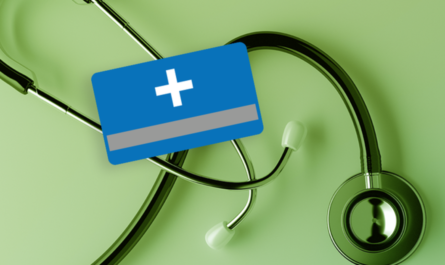Dermatoscopy, also known as dermoscopy, is a non-invasive diagnostic technique that allows examination of skin lesions at a higher magnification (usually 10x), with polarized light and immersion fluid. By eliminating surface reflections, dermatoscopy improves visualization of morphologic clues deeper in the skin. These clues aid in diagnosing pigmented skin lesions and other dermatologic conditions. In this article, we will discuss the technique of dermatoscopy, its advantages and uses in diagnosing various skin diseases.
What is a Dermatoscope?
Modern digital dermatoscopes are connected to a computer or smartphone, allowing for image documentation and telemedicine. Dermatoscopes come in non-polarized and polarized variants. Polarized dermatoscopes further reduce surface reflections by using polarized light beams and filters.
Advantages of Dermatoscopy
Compared to naked eye or magnifying glass examination, dermatoscopy provides several advantages:
Higher Magnification: Dermatoscopy provides10x magnification compared to 1-5x with a magnifying glass, allowing for clearer visualization of subtle details.
Elimination of Surface Reflection: Use of immersion fluid and polarized light eliminates scattering of light by the stratum corneum, improving resolution of structures beneath the epidermis.
Better Diagnosis: Morphologic clues visible on dermatoscopy like pigment network, globules, dots/globules, ulceration etc. aid in diagnosis and differentiating pigmented lesions.
Image Documentation: Digital dermatoscopy allows recording and sharing of images for second opinions, monitoring lesion changes over time, and teledermatology consults.
Uses of Dermatoscopy in Disease Diagnosis
Pigmented Lesions: dermatoscopy allows differentiation of benign nevi from melanoma by analyzing patterns like dots/globules, pigment network, scar-like depigmentation etc. A standard dermatoscopic algorithm like the ABCD rule is used.
Non-Pigmented Lesions: dermatoscopy can diagnose conditions like basal cell carcinoma (ulceration, arborizing vessels), seborrheic keratosis (fingerprints, dotted vessels) and melanocytic nevi.
Scalp Problems: dermatoscopy of the scalp assists in diagnosing conditions like psoriasis, seborrheic dermatitis and fungal infections by their characteristic features.
Nail Unit: dermatoscopy aids diagnosis of nail pigmentation, subungual hematomas, melanomas and other nail apparatus diseases.
Hair and Scalp Diseases: features seen on Dermatoscopy of the scalp correlate well with diagnoses of conditions involving hair like alopecia areata, fungal infections and pediculosis capitis.
Emerging Uses of Dermatoscopy
Teledermatology: High-quality digital dermatoscopy images allow store-and-forward teledermatology referrals from primary to specialty care. This improves access to dermatology expertise especially in remote areas.
Mohs Surgery: Dermatoscopy is useful during Mohs micrographic surgery to trace tumor margins intra-operatively, guide further resection and confirm complete removal of skin cancers.
Skin of Color: While dermatoscopy patterns have primarily been studied on white skin, it shows promise in examining pigmented lesions in darker skin tones as well by emphasizing morphologic patterns over color.
Dermatopathology: DermoscopicMorphologic correlative studies assist pathologists in understanding in vivo features of skin diseases, aiding microscopic diagnosis.
In conclusion, dermatoscopy is a simple, non-invasive and valuable tool that provides higher magnification examination of the skin. Its ability to reveal clues beneath the epidermis aids in diagnosing a variety of pigmented, non-pigmented and inflammatory skin lesions. With technological advances, emerging applications of dermatoscopy in teledermatology, Mohs surgery and evaluation of diverse skin types will further strengthen its role as a diagnostic adjunct.
Note:
1. Source: Coherent Market Insights, Public sources, Desk research
2. We have leveraged AI tools to mine information and compile it



